EspoTek Labrador
A small, portable, USB-connected electronics lab-on-a-board that includes an oscilloscope, waveform generator, power supply, logic analyzer, and multimeter.
Funding ended on Oct 20, 2016 at 04:59 PM PDT.
Funding ended on Oct 20, 2016 at 04:59 PM PDT.
On-board is a complete arsenal of electronic engineering instruments: an oscilloscope, function generator, power supply, logic analyzer and multimeter. Yet, it’s as small as a flash drive and costs as much as a single Arduino shield.
| A. Power Supply Outlets |
| B. Digital Output |
| C. Function Generator Outputs |
| D. Oscilloscope/Multimeter Inputs |
| E. Logic Analyzer Inputs |
These instruments are vital, and no professional engineer can practice their craft without them. Yet, until now, each instrument can cost hundreds of dollars, they are so bulky they require their own dedicated bench, and they are covered with so many knobs and dials that even experienced users are sometimes baffled.
The EspoTek Labrador changes all that by creating a new kind of lab. It has all the same instruments, but it’s different in three important ways. The Labrador is:
It’s an electronics lab you can slip into your pocket that costs a fraction of regular bench-top tools. So now, grad students living on lentils and rice, inventors working from a postage stamp-sized apartment, and the next generation of makers from every country on Earth can have access to all of the tools of the trade. Let’s take a detailed look at how the Labrador achieves this.
The EspoTek Labrador plugs directly into a solder-less breadboard and connects to any Windows, Mac, or Linux computer via microUSB. A custom software interface lets you see and interact with your waveforms on-screen. Careful planning and a lot of work has been put into making the interface intuitive for those new to electronics, while keeping it powerful for those familiar with the instruments. Experienced engineers, don’t fear - you can do things like manually adjust the ADC gain and UART parameters. These kinds of function have just been moved away from the main screen, keeping things clean and simple for newer users.
From day one, the goal of the Labrador project has been to produce a tool that everyone could afford, from an unpaid intern in San Francisco to a high school student in São Paulo. Multiple revisions have been made over the past year and a half, with every component being carefully selected to deliver performance and reliability while keeping costs down. Whole designs have been scrapped and components ripped off of live boards, and the net result speaks for itself. Labrador is the most affordable electronics lab in the world.
Labrador is tiny. The current prototype measures up at 31mm x 38mm x 23mm and weighs just 10g. The next prototype will be even smaller. Suffice to say, Labrador doesn’t eat up your apartment’s precious storage space and can be taken with you anywhere you go. Debugging robots on the train, anyone?
All software is licenced under the GPL, and all hardware under Creative Commons. This makes it possible for you to improve or extend your Labrador in any way you want - and then share this with the growing open source community.
Labrador takes the instruments that professional engineers use every day and makes them accessible to everyone. This includes makers. Below are a few of the ways that makers can take advantage of these tools.
Debugging a circuit without a scope can be a nightmare. There’s no way of seeing what’s going on. It is not fun. It is not challenging. It’s just frustrating. The EspoTek Labrador fixes this. As a low-cost, portable, easy-to-use oscilloscope, Labrador lets you see what’s going on at any point in your circuit. This makes fast, effective debugging possible without a four-year degree and $500 of equipment. Makers can spend more time making and less time plugging wires into random holes and hoping it works.
It’s possible to understand how any electronic component or circuit works, as long as you have two tools: a signal generator and an oscilloscope. The EspoTek Labrador provides both of these in a single package, letting you run experiments on real hardware. The results may surprise you!
If you’ve been studying engineering for more than about 6 weeks, you already know just how useful a lab bench is. This is how useful a $25, portable, all-in-one lab bench is.
Labrador is a lab for when you’re out of the lab. You can work on your projects wherever you are: on the bus, in your dorm room, or stuck in a lecture on weaving imagery in medieval German literature. Of course, Labrador isn’t the first product to offer a portable version of a lab instrument, but it is the first that ships to every country on Earth for $25, weighs just 10g, and comes with a full suite of tools on-board.
Being able to work independently on projects in your spare time will give you all kinds of experience that you just can’t get in a classroom - the type of hands-on problem solving experience that employers look for. If you spend your summer break building a robot and then bring that robot to a couple of interviews, you will have no trouble finding a job. If you give up because you lack access to debugging tools and instead bring along your 2200 CP Charizard, job hunting will be more challenging.
An engineering degree at MIT costs roughly US\$200,000. Labrador is \$25. You don’t need to be an engineer to see the value in that. As a bonus, you could use Labrador to help you study for your degree at MIT.
Please note that these specifications represent the typical performance of the current prototypes and may be subject to some slight changes in future.
| Oscilloscope | Sample Rate | 750ksps (shared) |
| Bits per Sample | 8, 12¹ | |
| Bandwidth | ~100kHz² | |
| Input Voltage Range | -20V to +20V | |
| Input Impedance | 1 MΩ | |
| No. of Channels | 2 | |
| Coupling | AC/DC | |
| Arbitrary Waveform Generator | Waveform types | Sin, Square, Triangle, Sawtooth, Arbitrary |
| Sample Rate | 1Msps | |
| Sample Depth | 64 samples (CH1), 1500 samples (CH2) | |
| Output voltage range | 0.15V to 9.5V | |
| Bits per Sample | 8 | |
| Max. Current | 10mA³ | |
| Output Resistance | 50Ω | |
| No. of Channels | 2 | |
| Variable Power Supply | Voltage Range | 4.5V to 15V |
| Max. Power | ~1.5W | |
| No. of Outputs | 1 | |
| Source Impedance | Negligible⁴ | |
| Ripple Voltage | +-300mV%@10V 10mA, +-700mV%@10V 100mA | |
| Logic Analyzer | Sample Rate | 3Msps per channel |
| Supported voltage | 3.3V, 5V, 12V | |
| No. of Channels | 2 | |
| Digital Output | Voltage | 3.3V |
| Source Impedance | 50Ω | |
| Multimeter⁵ | Input Impedance | 1MΩ |
| Measured Parameters | V, I, R, C | |
| Voltage Range | -20V to +20V | |
| Current Range | 100uA to 10A | |
| Resistance Range | 1 ohm to 100k | |
| Capacitance Range | 10pf to 1mf |
¹ - 12-bit sampling is available at 375ksps, single-channel only.
² - This figure is an approximate “maximum detectable frequency” dictated by the sample rate.
³ - This figure is for source current. Current is sunk partially into the opamp driving the signal gen and partially into a 1k resistor. Thus, maximum sink current can be calculated by dividing the output voltage by 1k and adding 50µA. This configuration was chosen so that capacitive loads could be driven without significant nonlinearities. In simpler terms, this means that if you’re trying to drive current into the waveform generator through use of an external current source, then the maximum current that the waveform generator can handle is reduced. (This is not something that would be an issue for most people.)
⁴ - The Power Supply is controlled by a closed-loop feedback loop that ensures the DC voltage across output remains constant. Thus, it has nonlinear elements, but can still be approximated by a Thévenin circuit with Vth = Vo and Rth = 0.
⁵ - Multimeter ranges vary with reference resistor used.
The software is in beta. Some features are missing, some bugs are present and this will all need to be cleaned up prior to launch. Six weeks of solid coding will be needed to finish this job to a high standard, plus another two to test. The Labrador hardware is already in its fifth revision, but even further refinement will be made before any units are shipped to the public. Specifically, a 3.3V output will be added, the inductor and diode will be shrunk down to SMD packages, and, if time permits, any stretch goals will need to be implemented. Extensive testing will also be undertaken, and if an error is found it will need to be removed. Testing is expected to take around 4 weeks.
Once the hardware has been thoroughly tested, and the software developed enough to facilitate testing, the boards will need to be manufactured. Quotes have already been sourced from several manufacturers, all with lead times of approximately 3-4 weeks.
Development will still continue while the campaign is live, so you can expect the first Labradors to start shipping by early December.
Multiple prototypes have been produced using low-cost parts, and quotes that detail the full cost of manufacturing have already been sourced. Labrador works and is feasible to produce. However, there is still a risk of the project being delayed. Bugs could be found during testing that take longer than expected to fix. Human error during the manufacturing process, on either side, could lead to the 3-4 week lead time being increased. Component sourcing issues could also arise, but are unlikely to hold up the project for months on end since all parts can be substituted. Backers will be notified of any issues that could cause delays.
From day one back in 2015, Labrador has been a labor of love. I have poured my soul into this project as I watched it grow from a 0-3V USB function generator to a device that can bring real engineering tools to makers worldwide.
This project belongs to the community as much as it does to me (literally; it’s open source) and I would like to thank everyone who has pledged their support and lent advice. There have been many nights where I’d be up until the early morning and have nothing to show for it in the morning but a piece of paper with diagrams and formulae scribbled on it in black pen. And I’d do it all again in a heartbeat. I’m absolutely proud of Labrador, and hope that I’ll be able to deliver even more in the future.
EspoTek currently consists of a single engineer. My name is Chris Esposito and I graduated from Monash University in 2016 with a Bachelor of Electrical and Computer System Engineering (hons). I code out of my bedroom and dream of creating a world where technology is democratized. I have an interest in languages (both human and computer) and programming anything that you’re not supposed to. If Labrador is a success, the plan is to grow EspoTek into an organisation that will help the maker movement flourish.
Planned stretch goals include Android and Raspberry Pi compatibility. More details to come during the campaign.
The open source software. It has been built from the ground up to be easier and nicer to use than anything else that exists today. It runs at 60FPS on single core machines, instantly zooms in and out of a data stream that records at a constant 750ksps and lets you control an entire scope interface with a couple of mouse gestures.
The fact that the board contains an entire lab and costs only $25 doesn’t hurt, either.
Yes.
The power supply, both function generator channels and four programmable digital outputs are always available.
The oscilloscope and logic analyzer share two channels’ worth of USB bandwidth. You can run a two channel scope, a two channel logic analyzer or one channel of each.
The multimeter uses the full USB bandwidth and so cannot be active at the same time as the scope or logic analyzer. However, the oscilloscope can show multimeter-like voltage readouts even when the multimeter is disabled.
All design files for the Labrador can be found on GitHub.
The multimeter measures the voltage difference between the two oscilloscope inputs, at 12 bits per sample.
To measure current, load resistance or capacitance, the user must supply their own reference resistor. The extra pins are there to attach said reference resistor.
The ones that are doing great work!
If you are part of a nonprofit that could make use of some boards, please get in touch.
If any organization you know could benefit from Labrador, please let them know about the project so they can get in touch.
Just a microUSB cable (if your pledge level doesn’t already state that it comes with it) and a PC! A reference resistor is needed for multimeter use.
"Why stick to a few lab boards when you could have five, all of which come packed onto a single board with a small footprint?"
Produced by EspoTek in Melbourne, Australia.
Sold and shipped by Crowd Supply.
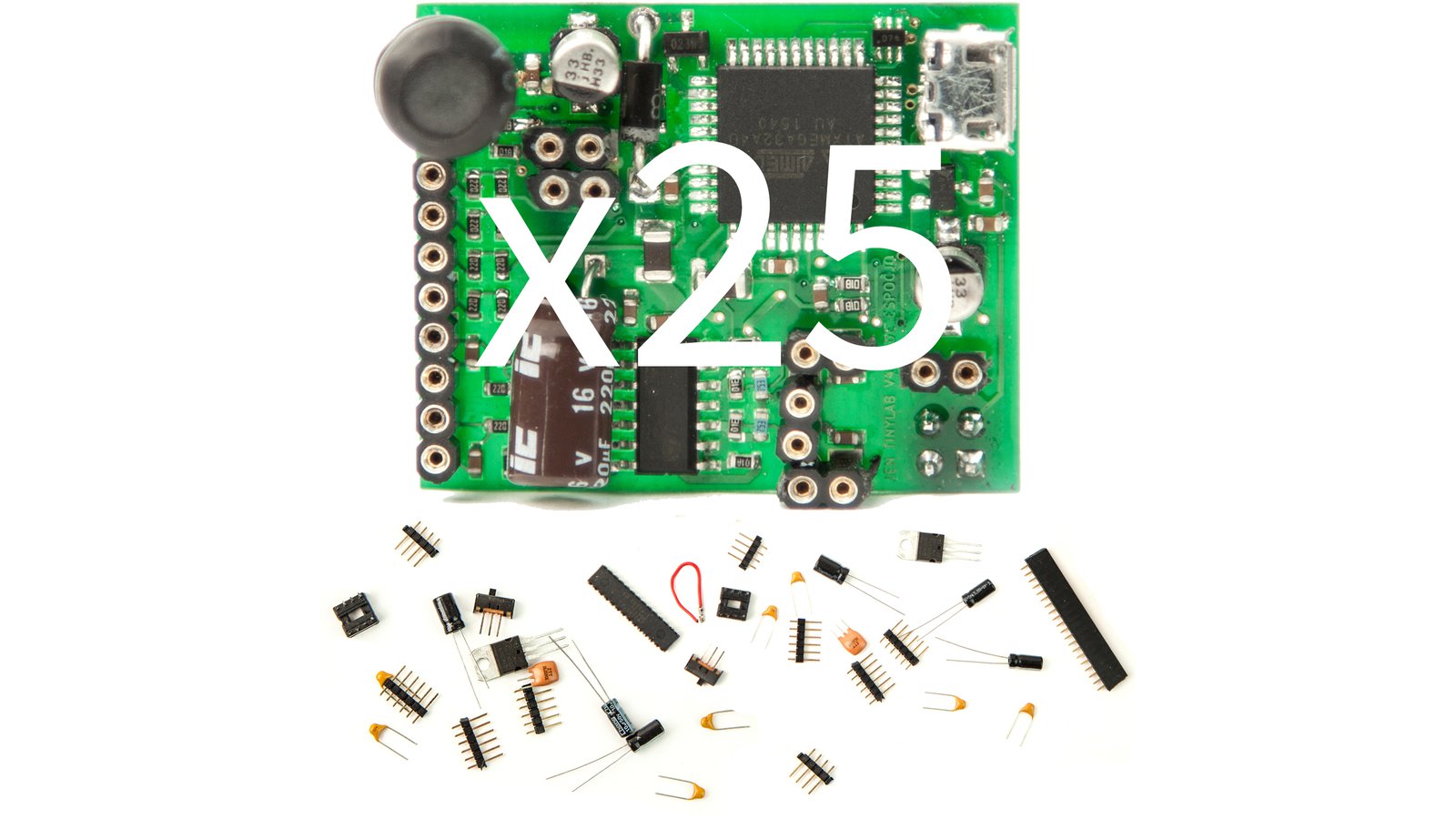
25 fully assembled Labradors, 25 MicroUSB cables, 25 breadboards and a selection of components to get your students started: there will be resistors, capacitors, inductors, transistors, op-amps, 555 timers, and LEDs! Perfect for teaching a class the fundamentals of electronics.
Want to buy this item? Check the current project page for the latest information.
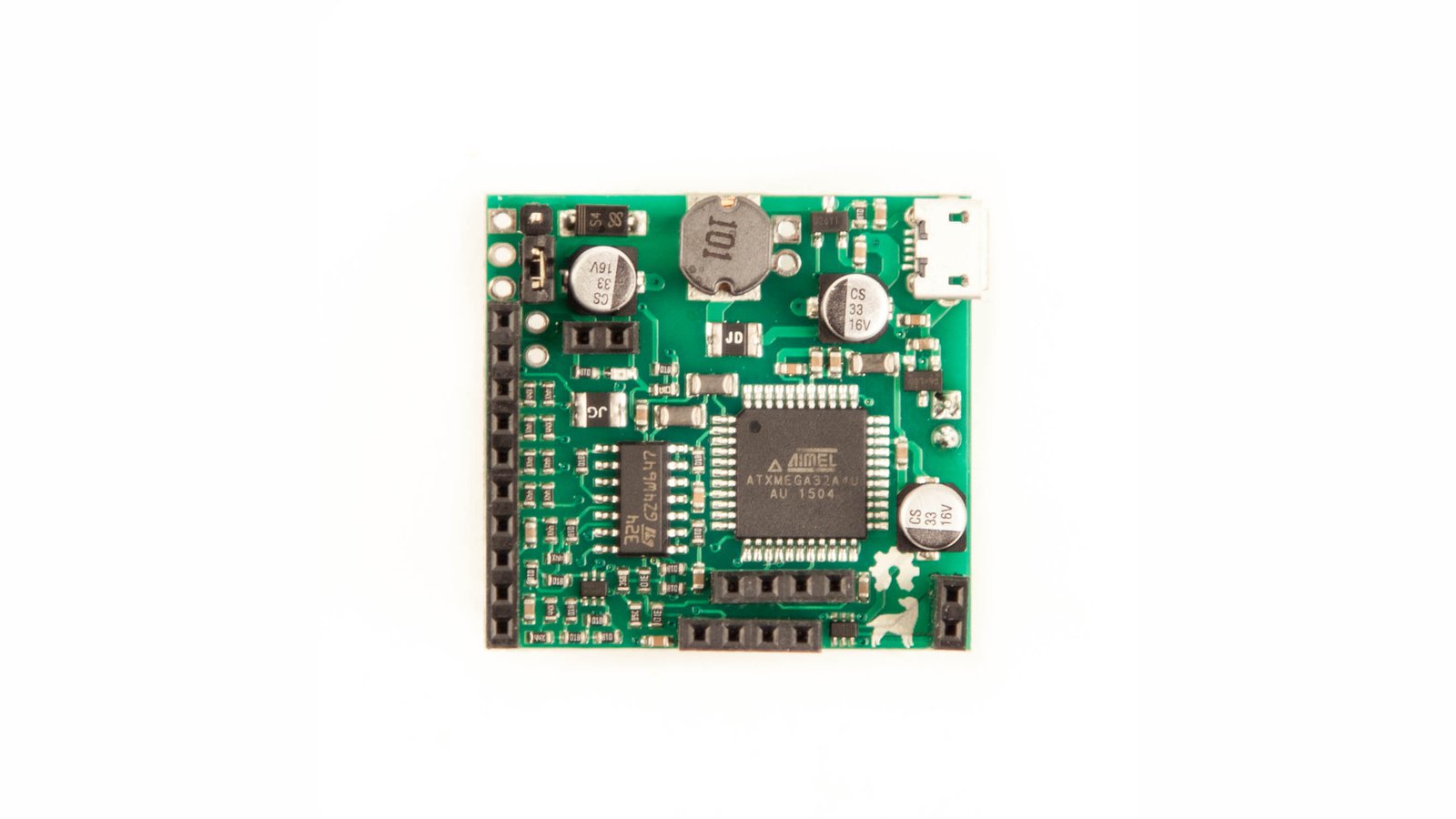
You will receive a Labrador board, fully assembled with headers. All you need is your own microUSB cable and you’re ready to go! No soldering required.
Want to buy this item? Check the current project page for the latest information.
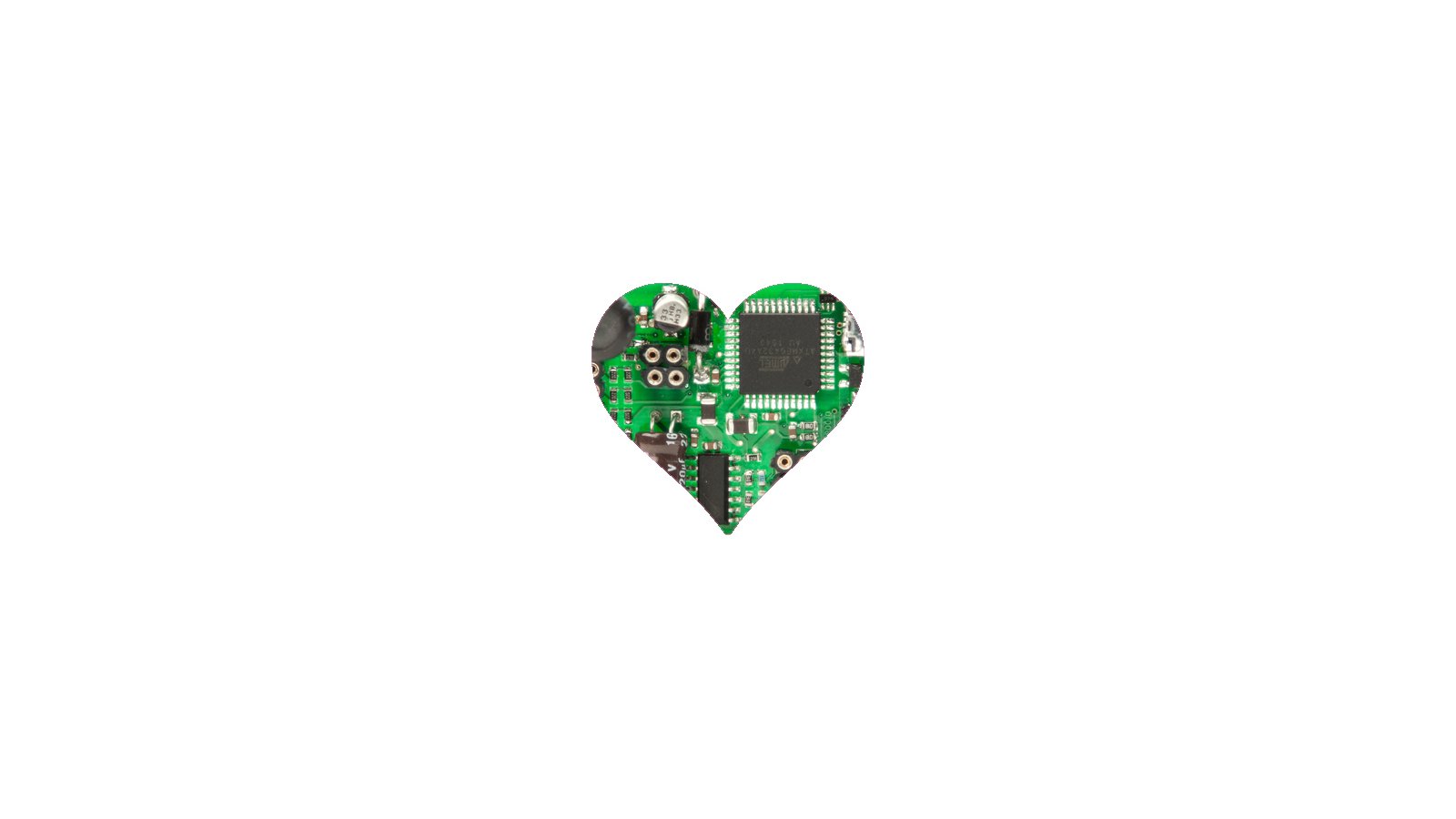
You will be simultaneously helping the Labrador project and maker movement grow. For every $20 raised through the “Support Now” button, a Labrador board plus microUSB cable will be sent to an organisation promoting STEM education and/or the maker movement.
Want to buy this item? Check the current project page for the latest information.
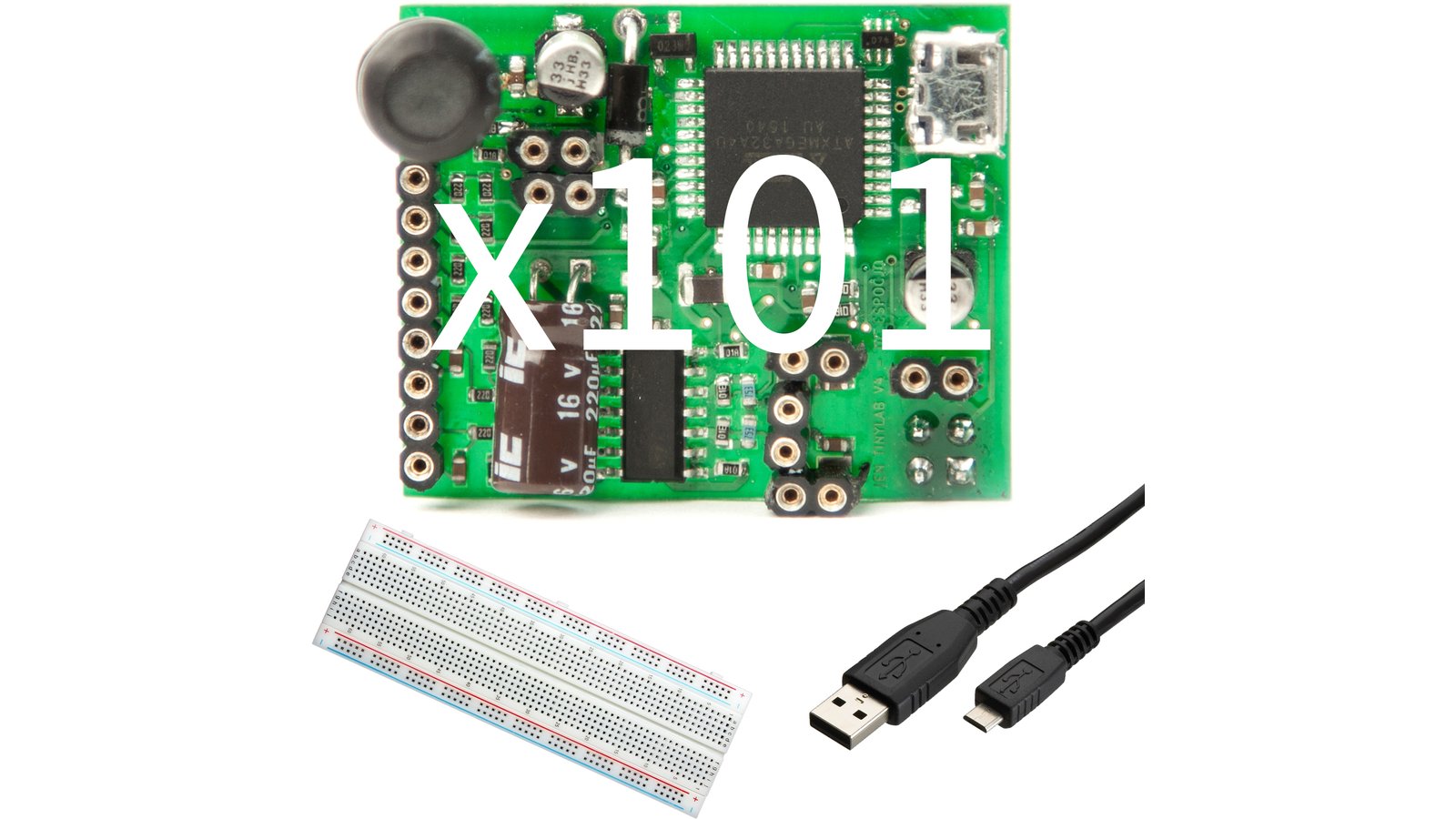
A huge pack of Labradors! Perfect for universities. Comes with 101 fully assembled Labradors, 101 microUSB cables, 101 solderless breadboards, and free shipping - a savings of over 40% compared to individual units. Hand these out like candy to first-year students and then watch their interest in electrical engineering grow!
Want to buy this item? Check the current project page for the latest information.
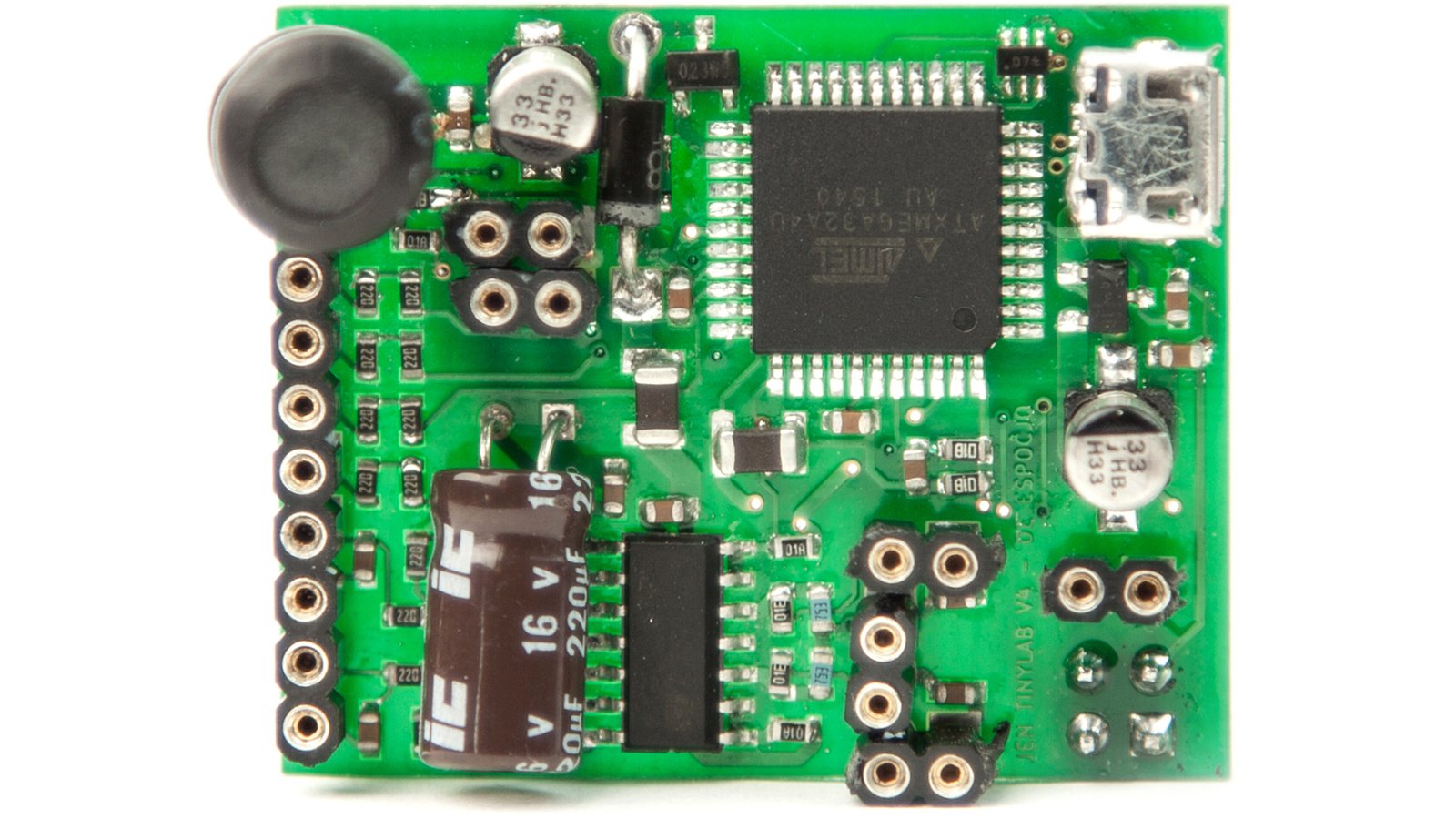
Your very own Labrador, fully assembled and ready to go! And, even better, at a fraction of the cost of a regular Labrador.
Want to buy this item? Check the current project page for the latest information.
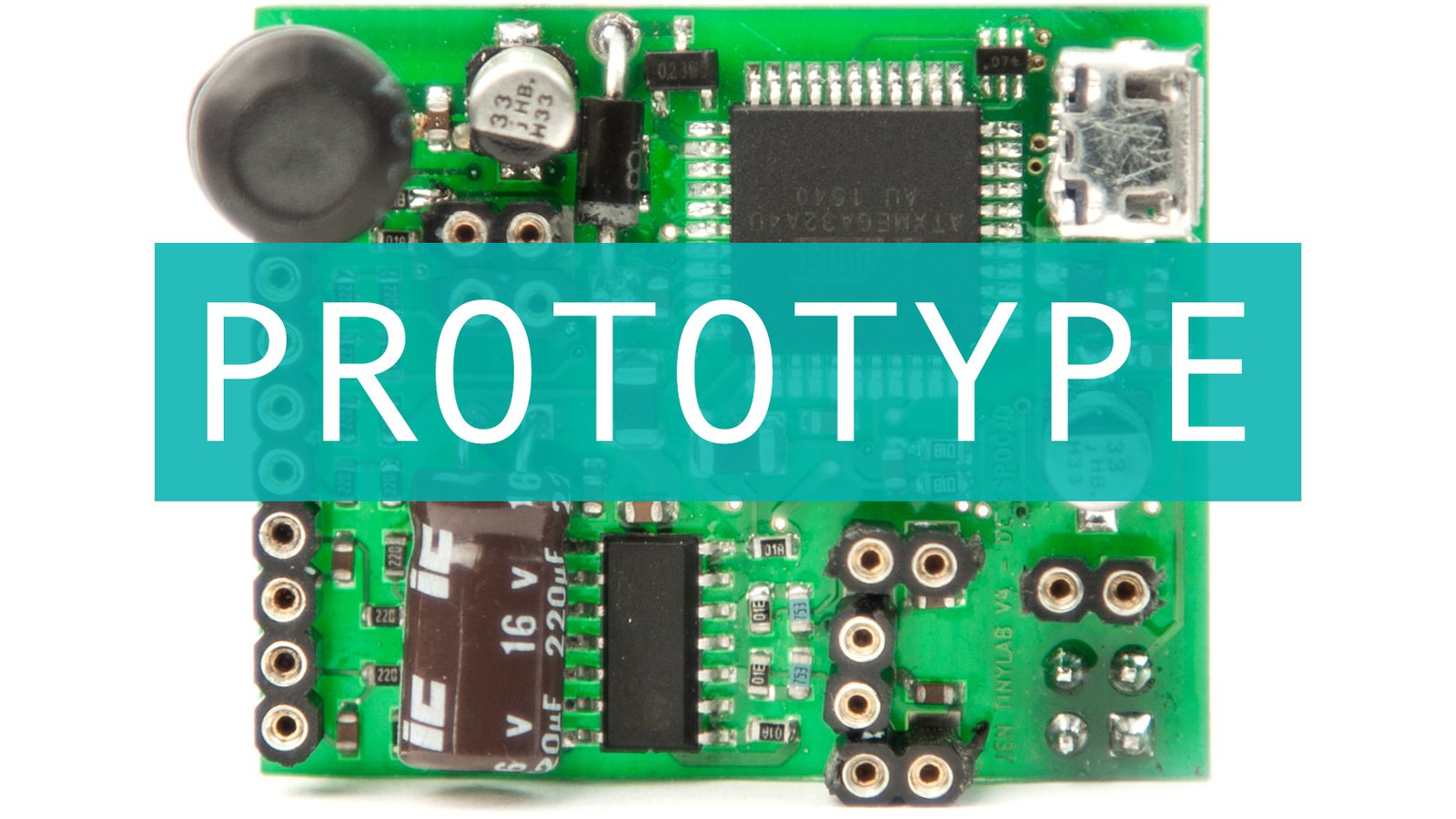
You will be shipped a prototype Labrador board the moment the campaign ends, plus have access to all of the latest software builds throughout development. You will be in direct contact with us and be able to shape the future of Labrador! Then, once development is finished, you’ll get one of the first final Labradors that roll off of the production line - and the knowledge that you helped bring it to life!
Want to buy this item? Check the current project page for the latest information.

Melbourne, Australia
A new, Aussie startup created by a new, Aussie engineering graduate. Our aim is to bring technology to the world that allows everyone to create new things. Labrador is the beginning of this.